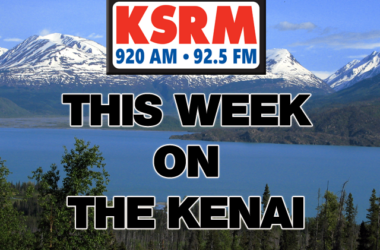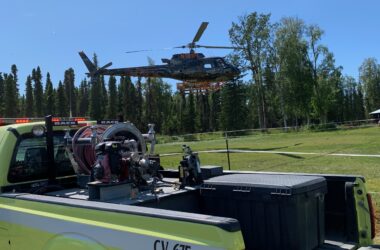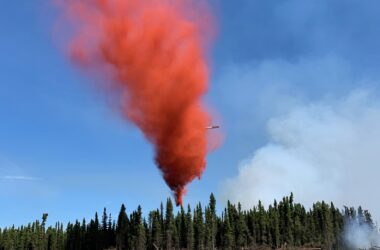Governor Mike Dunleavy announced a change to the state’s travel policy, prompted by a rise in COVID-19 cases nationwide, during a press conference held on Tuesday evening. Nonresidents traveling to Alaska will have to present a negative result on a COVID-19 test performed within 72 hours prior to arrival, starting August 11.
Previously, the travel policy allowed for those who had not been tested before arriving in Alaska to do so upon arriving. Effective August 11, that option will only be available to Alaskans who are returning home.
Governor Dunleavy said that the decision to not test visitors will help the flow of resources to Alaskans: “One of the reasons that we have changed the travel process coming in is that we can redirect some of those resources to our internal testing to test Alaskans, to focus on Alaskans. As the equipment and the supplies become tighter, and they probably will become a little more – issues with supplies because of the numbers going up worldwide, this gives us an opportunity to make sure that we have what we need to get a handle on these case clusters that are occurring in some of our communities.”
He was unable to provide details on how these changes will be enforced, or what will happen when a nonresident without proof of a negative COVID test arrives in Alaska. The Governor said that more details will be provided as the state nears the August 11 start date.
Dunleavy said that the state will continue working with local communities to curb the spread of COVID: “It’s not an issue of taking decisive action. I think, if anything, February and March show that we would, especially under the scenarios that were laid out. Now, we understand this virus a little bit better. We believe it’s best approached in a surgical manner. We are willing to work with any and all communities. Our health team is ready, and does, work with any and all communities in the state of Alaska.”
Both the Governor and the state’s Chief Medical Officer, Dr. Anne Zink, acknowledged that a recent shortage of testing reagents and personal protective equipment have prompted the move to focus more on tightening resources.






